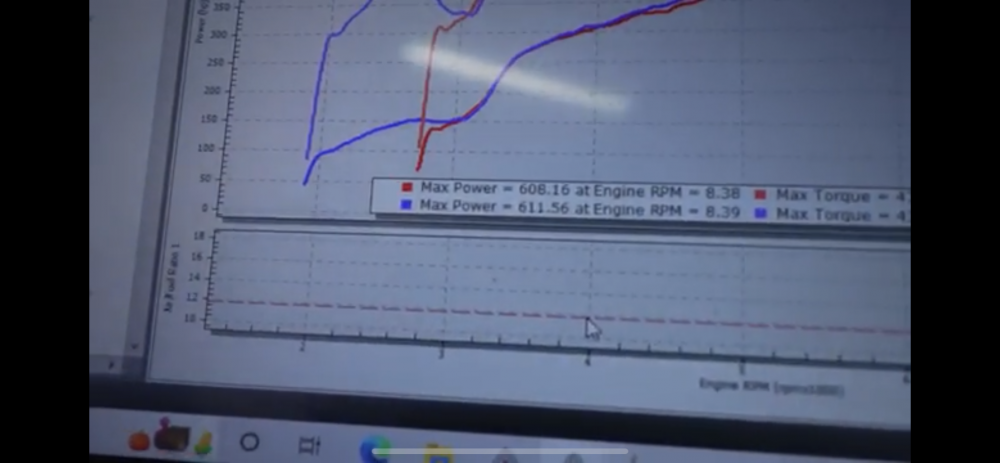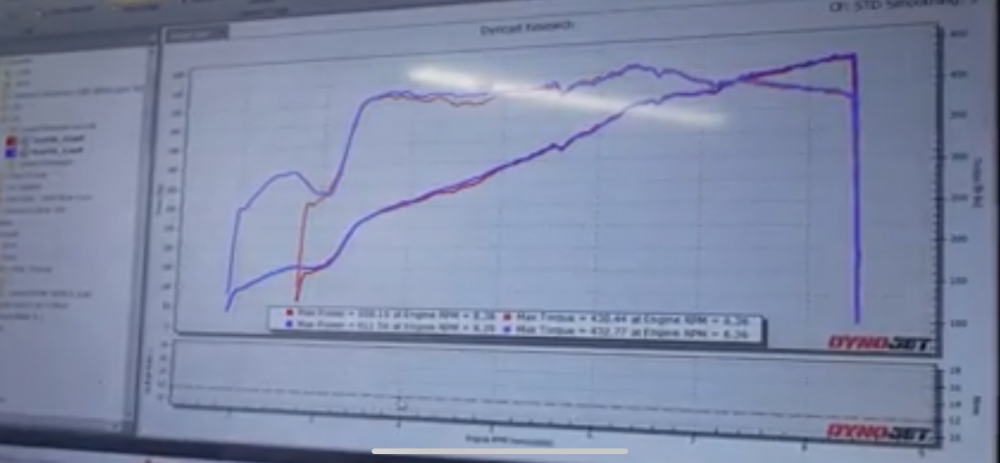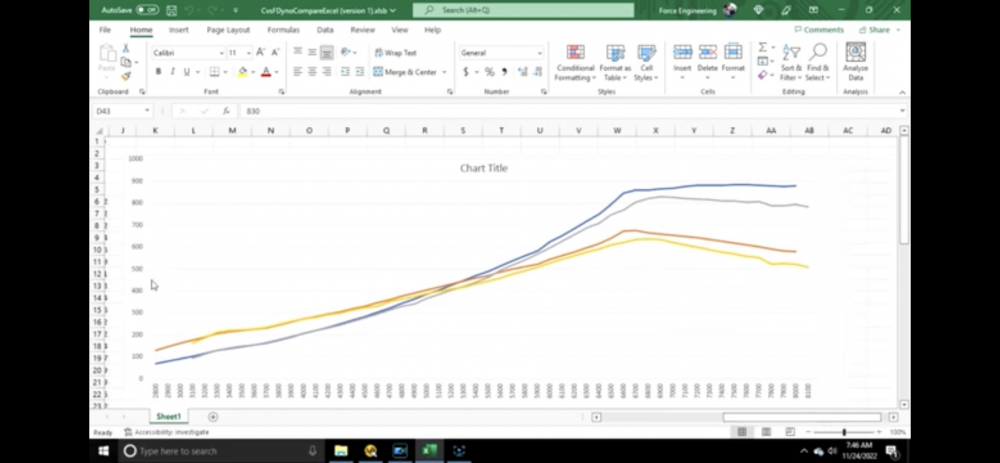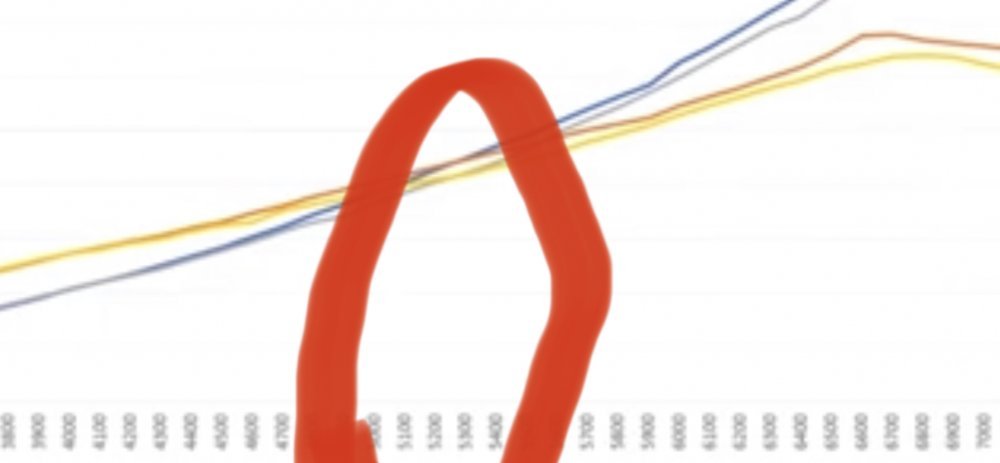n8in8or
I never met a project I didn’t like
The shop that I dyno'd my Tahoe at (Force Engineering in Plainwell, MI) just put out a video where they compared their Mustang dyno to another shop's Dynojet chassis dyno using their turbo Coyote Mustang. I think it's super interesting and a good watch so I wanted to share it. It's easy to get swept up in raw numbers that you get from a dyno (I'm guilty of this as well), but this really drives home the point that a dyno is a just a tool and not an absolute and is most useful for comparing A-to-B changes.
He also compared a Dynocom and will be posting that video soon, when he does I'll add it to this thread.
Note that this video is best watched on a screen larger than a phone so you can see the numbers that he's referencing in the graphs.
Enjoy!
He also compared a Dynocom and will be posting that video soon, when he does I'll add it to this thread.
Note that this video is best watched on a screen larger than a phone so you can see the numbers that he's referencing in the graphs.
Enjoy!




